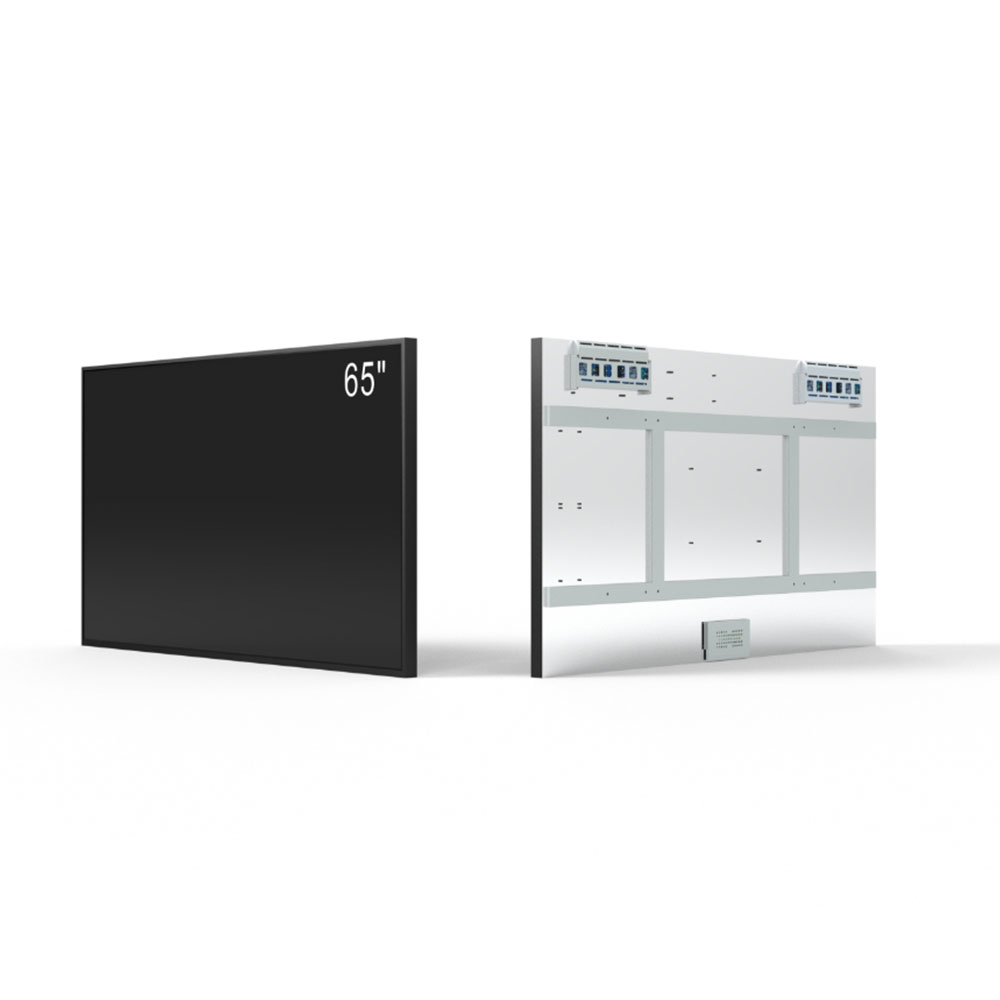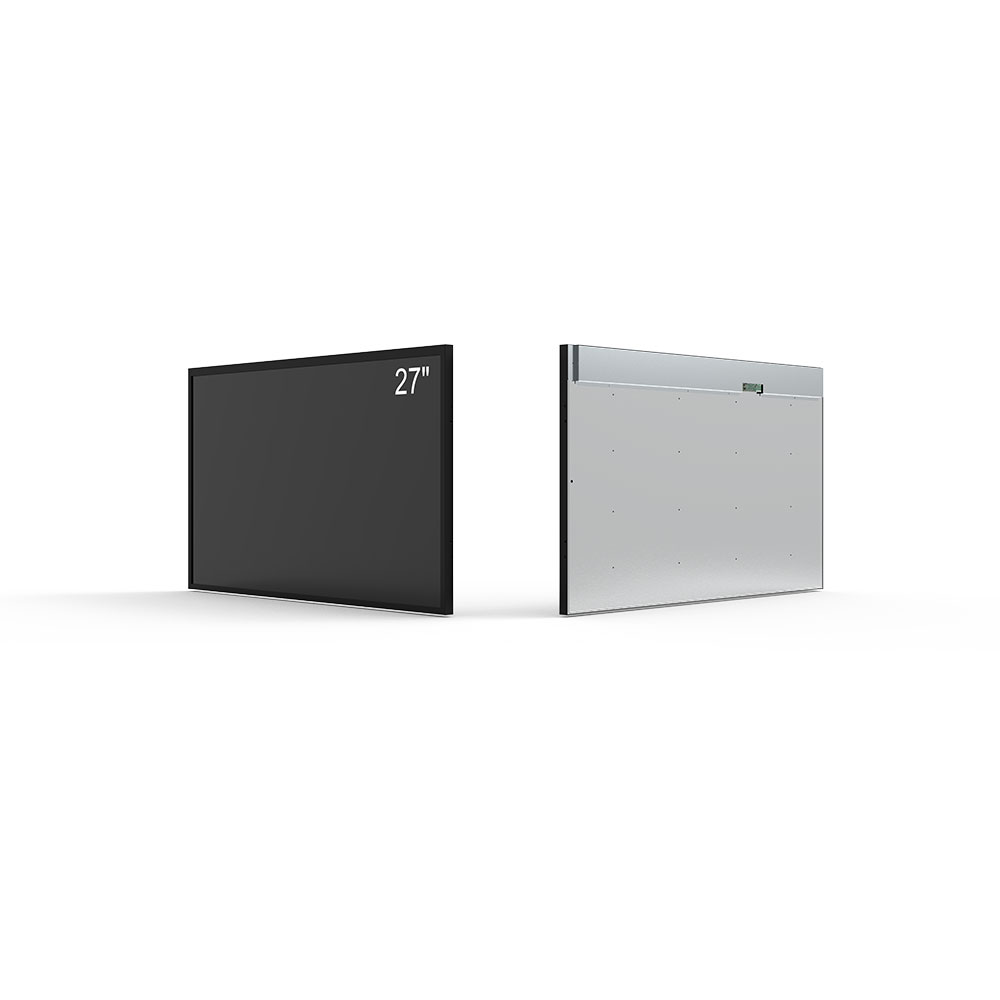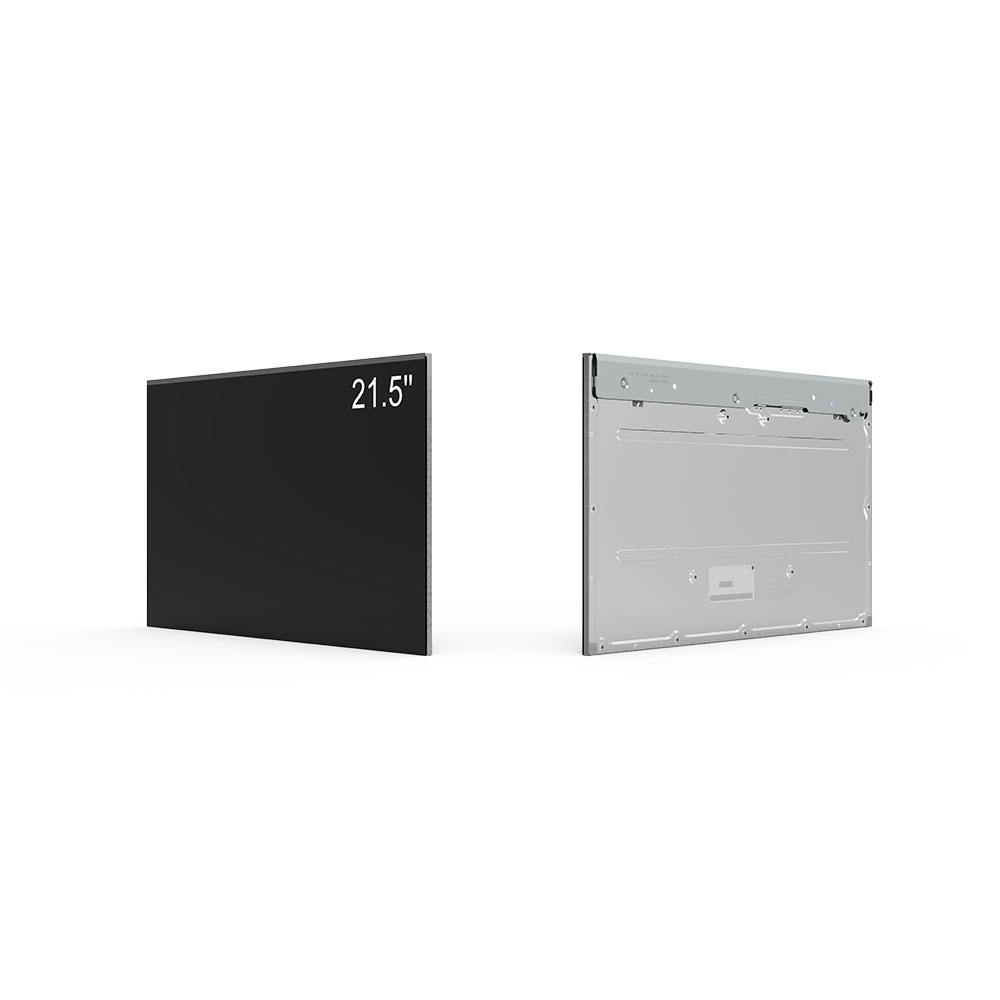
Privacy statement: Your privacy is very important to Us. Our company promises not to disclose your personal information to any external company without your explicit permission.
Outdoor LCD displays are essential for public information systems, digital signage, and industrial monitoring, especially in environments with extreme temperatures, humidity, and direct sunlight. To ensure reliable operation and long-term durability, manufacturers must prioritize robust design, high-brightness panels, and advanced protective technologies. This article explores the key factors that influence outdoor LCD performance, including brightness levels, environmental sealing, thermal management, and power efficiency.
The introduction of modern outdoor LCDs begins with understanding the operational challenges they face. Unlike indoor displays, outdoor units are exposed to UV radiation, rain, dust, and temperature swings ranging from -20°C to 60°C. These conditions can degrade image quality, cause component failure, or shorten lifespan. Therefore, selecting a display with proper IP ratings (such as IP65 or higher) is critical to prevent ingress of water and particulates. Additionally, anti-glare coatings and high-contrast ratios help maintain visibility under bright sunlight—a necessity for clear messaging in retail, transportation, and utility applications.

In the main body, the discussion centers on four core elements: luminance, environmental protection, heat dissipation, and energy efficiency. First, brightness must exceed 5,000 nits to remain readable in direct sunlight—a standard often overlooked in budget models. Second, IP65-rated enclosures with sealed edges and gaskets protect internal electronics from moisture and debris. Third, active cooling systems such as fans or heat pipes prevent overheating during prolonged use in hot climates. Finally, energy-efficient LED backlights and intelligent power management reduce electricity consumption without compromising brightness—making these displays suitable for solar-powered installations.
A growing trend in outdoor display technology is the integration of smart features like remote diagnostics, automatic brightness adjustment based on ambient light sensors, and firmware updates over the cloud. These capabilities enhance maintenance efficiency and user experience while reducing downtime. Furthermore, compliance with international standards such as IEC 60068 for environmental testing ensures reliability across diverse global markets.

In conclusion, successful deployment of outdoor LCD displays hinges on a holistic approach that combines engineering excellence with real-world usability. From material selection to software optimization, every design decision impacts performance and longevity. For businesses and municipalities seeking durable, high-visibility solutions, investing in certified, well-engineered outdoor LCDs remains the most effective strategy to ensure consistent communication in any environment.

Email to this supplier

Privacy statement: Your privacy is very important to Us. Our company promises not to disclose your personal information to any external company without your explicit permission.